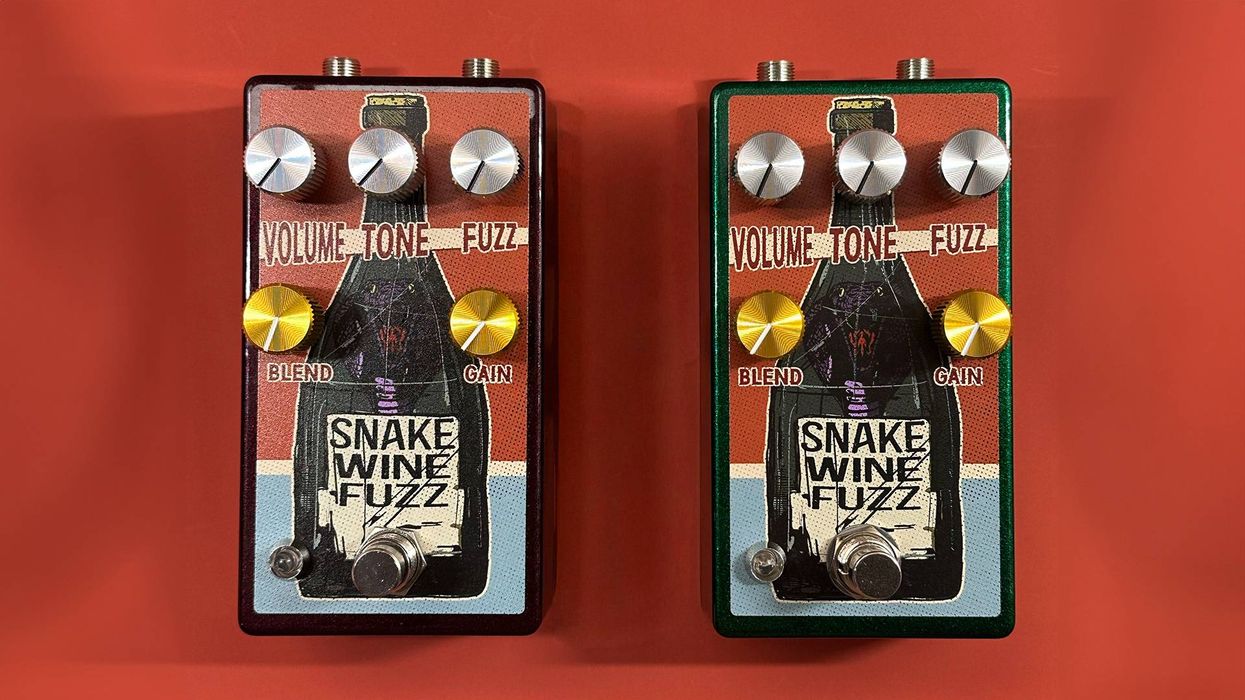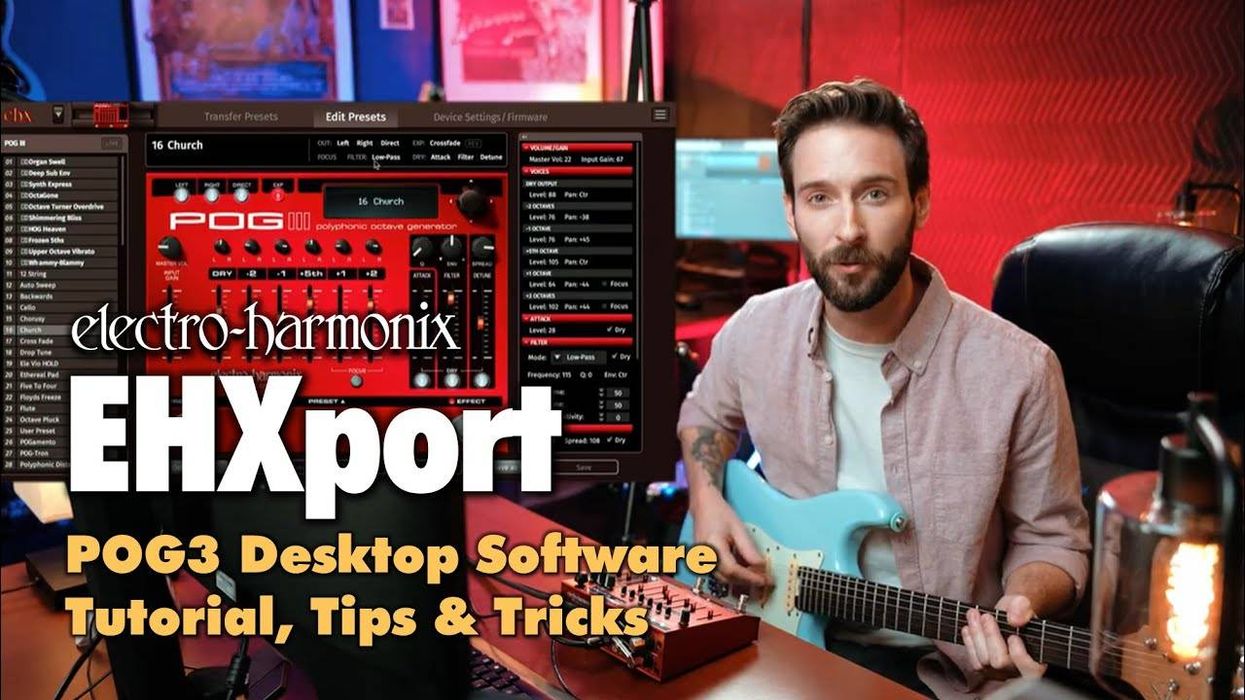Most of us involved in music have heard of the giant music publishing company Hal Leonard. They have developed a reputation for well thought-out, easy to use instructional books for players at all levels. They also have a large series of instructional materials on more technical aspects of the music industry, including recording technology.
The author of the Hal Leonard Recording Method series, Bill Gibson, is a highly respected, Seattle-based recordist and teacher, and has authored multiple texts on recording tech methods spanning more than two decades. The collaboration of these two has produced one of the most ambitious and formidable publications yet on this germane and timely subject.
The method is divided into six volumes:
- Book 1: Microphones and Mixers
- Book 2: Instrumental and Vocal Recording
- Book 3: Recording Software and Plug-ins
- Book 4: Sequencing Samples and Loops
- Book 5: Engineering and Producing
- Book 6: Mixing and Mastering
So far, I have only received the first half of the series, so I will only be covering books 1-3 in this review.
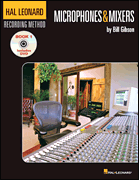 Book 1: Microphones and Mixers
Book 1: Microphones and MixersAs with all three of these volumes the title does not tell the whole story. There are individual chapters on Sound Theory, Connecting, Mixers, Signal Path, Microphones, Processors, and Effects. Each chapter is detailed and expansive in scope. For example, the chapter on Connecting covers types of connectors, their uses, and how to wire them; impedance and its importance in connection compatibility; balanced versus unbalanced connections, their uses and theory; cables and cable theory, including amplitude and timing considerations; studio reference monitors, and more.
The author does not hesitate to name names and advantages of certain brands. There is a long list of acknowledgments at the beginning of each volume: "To all the folks who have helped support the development and integrity of these books. Thank you for your continued support and interest in providing great tools for us to use.” Monster Cable must have provided a great deal of “support and interest” as there are several audio examples of the clear superiority of this brand’s designs. In all fairness, the author does address the problem of a limited budget and states that high dollar cables may be used in critical applications only, without greatly diminishing recording quality. In other words, there may be more important places to stash your cash.
One could think of Book 1 as the listing and description of the basic tools we use to conduct and shape sound that has been converted into electrical energy via the basic transducers. It is the basis for all the various techniques and their examples which follow in the other five volumes.
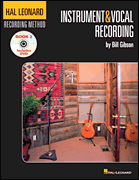 Book 2: Instrument and Vocal Recording
Book 2: Instrument and Vocal RecordingInstrument and Vocal Recording is the basic manual of how to make efficient use of those tools in the conversion of the electrical signal into a basic recorded track, starting with room acoustical considerations and their alteration, transitioning through basic sound manipulation one might use and ending with detailed microphone use and placement to produce the best track possible under the acoustic circumstance and particular instrument being recorded.
Chapter 1 is on Acoustics and the following chapters describe typical mic and processing techniques for the instruments most typically found in a rock band. Chapter 2: Electric Guitar; Chapter 3: Acoustic Guitar; Chapter 4: Drums; Chapter 5: Bass; Chapter 6: Vocals; Chapter 7: Piano. There many audio examples of mic positioning, DI use, additive and subtractive EQ, effects, and stereo mic techniques. I found the information on drum mic''ing and setups to be extremely informative and complete.
Now that we know the basic use of our tools we transition into more complicated and specific areas of the recording matrix.
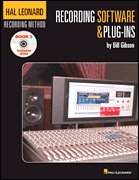 Book 3: Recording Software and Plug-ins
Book 3: Recording Software and Plug-insThe author assumes that we are going digital in our quest for the perfect soundscape and doesn’t even really give analog recording the time of day. After reading Chapter 1: Digital Principles, it becomes obvious that only through the digitization of sound has the average musician been given the opportunity to produce “studio quality” recording. This chapter is a must read for anyone contemplating entering or already involved in the technological whirlwind that is digital recording.
I was particularly impressed by the inclusion and explanation of the principles of the new “DSD” format which is utilized in Sony’s SACD audiophile quality digital disc system. At the same time the author gives an excellent synopsis of the present “redbook” CD and all the various good, bad and ugly ways of storing more information in less space that, in my opinion, are reducing music to a consumable somewhat analogous to processed food.
To digress a bit further: I started recording in 1962 on a full track mono Ampex 600 field recorder and and was nurtured on the analog disc. I entered the digital world nine years ago with a Mackie D8B and a couple Mackie 24 tracks and have watched closely as the digital workstation became the format of choice with the myriad of software and plug-in choices. At the same time I have tried to make the listening transition from Analog disc (of which I still cherish several hundred in my collection) to the CD. I have also given up my audiophile listening ways to try to adjust to the “Model T” mentality of consumerized music. I still enjoy the Zen moment of ever so gently cuing the Fidelity Research tonearm of my analog system into the leadin groove of a favorite LP and, forgiving the surface noise, hearing what still sounds like real music to me. I also enjoy going to hear an unamplified concert in a great room, just to remind me what music actually sounds like.
But meanwhile, Book 3 is a wonderful discourse on the various software choices and the incredible convenience advantages of digital audio. Again, the author is not afraid to name names and manufacturers, and anyone using his recommendations to purchase products will end up with well respected and well matched systems.
Chapter 2 is dedicated to Recording Software; Chapter 3 to Digital Editing; Chapter 4: Broadcast Audio; Chapter 5: Recording Hardware; Chapter 6: Networking; Chapter 7: Plug-ins; and Chapter 8 to the all important topic of digital Synchronization.
These three volumes are the best effort yet to unravel the somewhat complicated mysteries of digital recording produced by anyone -- and believe me, I own many books and have perused many others on said subject. When contemplating the amount of time potentially saved (or compared to all the time I personally have wasted) these books, at $40 cover price each, are an incredible bargain.
I do have to interject one skeptical comment; and that is that these books are merely a beginning. If anyone thinks they can just go though these and automatically become an expert recordist, they are in for a severe ego thumpin’. It takes literally years of practice and ear training, or hours of classroom study (or both) to become someone who is proficient to the recognized expert level in the recording industry.
The final three books in the series are Sequencing, Samples, and Loops; Engineering and Producing; and Mixing and Mastering.
MSRP $39.95 each or $199.99 for all six
halleonard.com
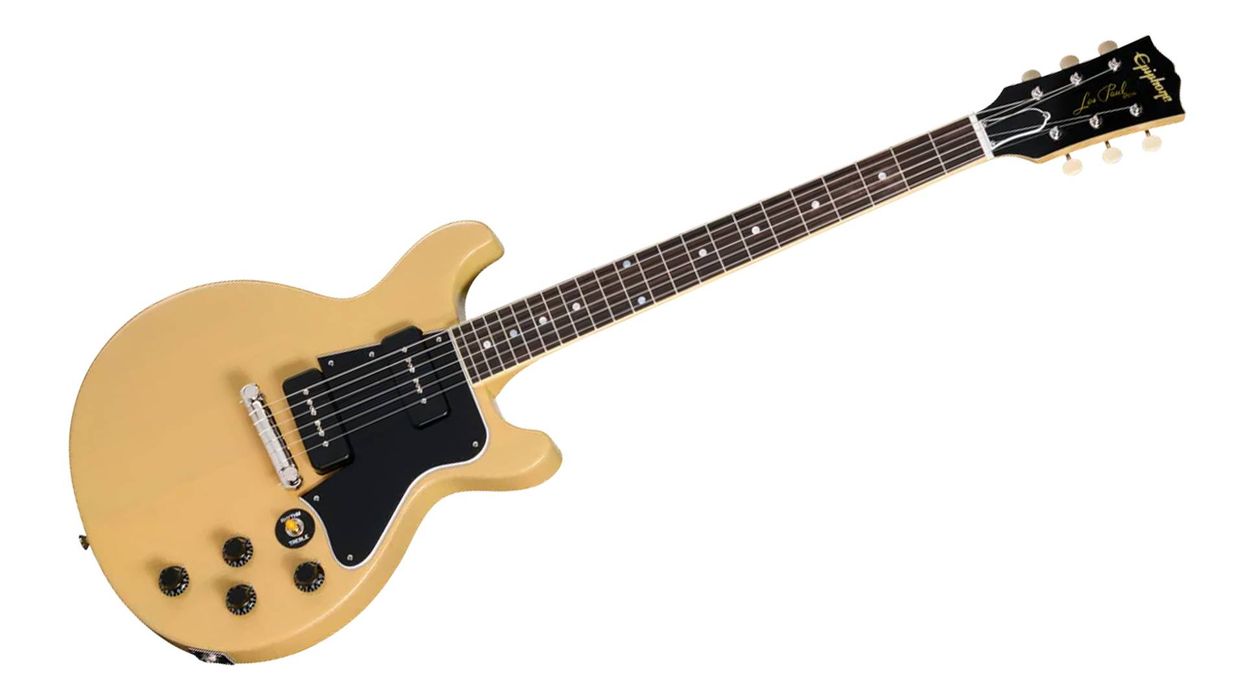



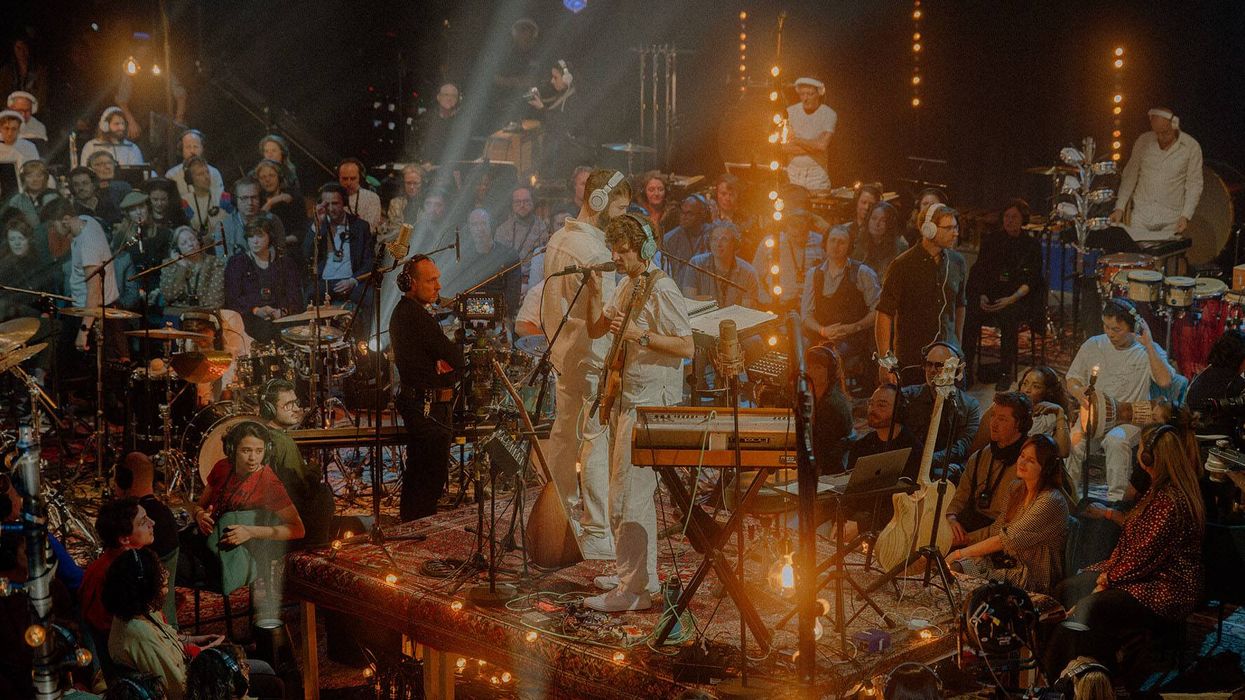
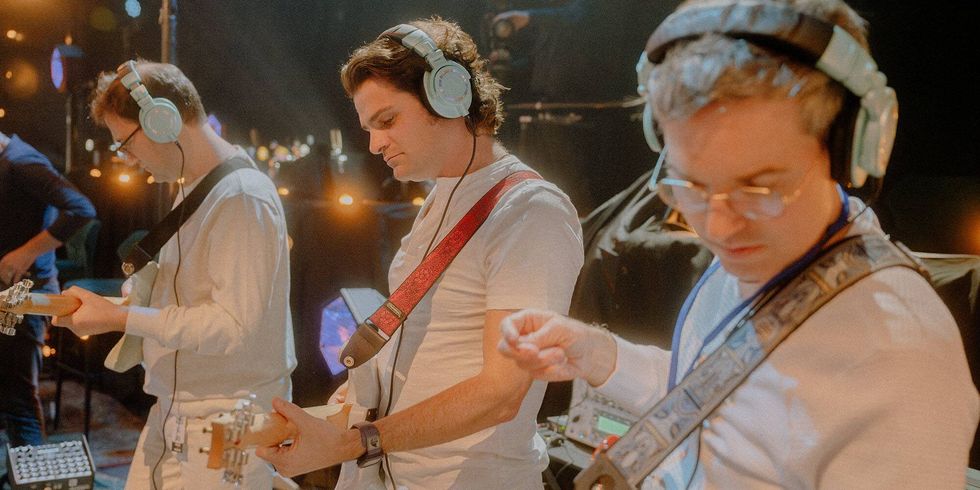



![Rig Rundown: AFI [2025]](https://www.premierguitar.com/media-library/youtube.jpg?id=62064741&width=1245&height=700&quality=70&coordinates=0%2C0%2C0%2C0)


